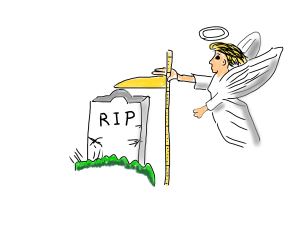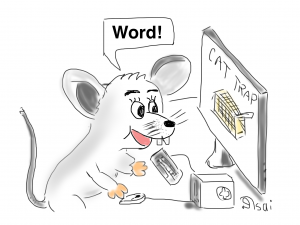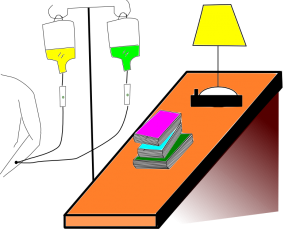There is a method to the “madness” of caricature. I learned to water paint in my childhood – had a good drawing sense. Freed from gardening during the winter, I picked up more drawing and decided to do some caricaturing. Picked up this book from the library and found it very educational. It does take some practice to pick up where one’s face is “abnormal” to exaggerate. This book teaches what to look for. I particularly like his teaching/describing the details of the face features in Chapter 3 and 4, and the sequencing technique in Chapter 7. This is a very complete book for a person going into caricature as a career or hobby. Very well done. Highly recommended.
I enclosed a practice sketch that I have done on Philip Seymour Hoffman, who was found dead today. I admired his acting in all the different characters he had portrayed. RIP

A quick summary:
1. What is caricature? “A caricature is a portrait with the volume turned up.” 3 elements: recognizability, exaggeration (vs. distortion), and statement (personality and editorialization). The 3 basic relationship of size (of features relative to each other), distance (between features), and angle (of features relative the central axis of the face).
2. The T-shape theory: T is created by the eyes and the nose. The relationship between the eyes and nose in action: connected by a pulley system (push and pull).
3. Head shape: the alpha shape. exaggerating the head shape creates powerful caricatures by observing any “abnormal” perception: equal distance between top of head to eye and eye to the bottom of the chin. By squinting your eyes (to blur out the details), finding points of reference (horizontal and vertical line to see where the mass of head is bigger or smaller, and widest point of the head shape), noticing the imbalance between halves, playing with the shape association (pear, peanut, light bulb, pizza slice, toaster?). The author went into the 6 basic skeletal elements of the head (cranium, brow, eye mask, nose, cheekbones, and jaws). In exaggeration, observe the following: visual weight, law of constant mass (like sculpturing with a fixed mass of clay), rubber concept (head is printed on a sheet of rubber), and constant lines of force (finite amount of energy between the features and within the head shape).
4. Drawing and caricaturing the features: the eyes (angle, size and asymmetry), the nose (angle: backward, forward, and 3/4 tilts, 3 elements: root width, end width, and distance between root and end), basic shapes), mouth (corner-to-corner line, nodes concept, negative space). This is the “meat” of the book. Pictures worth a thousand words.
5. Caricaturing the rest of the head: Jaw (the lean jaw and the heavy face), the cheekbones (strong-masculine, soft-rounded, de-emphasized), ears (size, shape and placement), eye brows (size, distance, and angle), forehead and hair (length, style, color, texture, volume, curl, gloss, bulk, etc., use nodes to see shapes of forehead and hair).
6. Beyond the face: the neck (thickness, length and forward thrust) and shoulders, hands. Caricatures and sexes (women like heart shape, makeup-rule).
7. Drawing live caricatures: challenges of live caricature: time (limited), audience (diverse), volume (many – may lose objectivity). The sequence technique: start from eyes to nose, mouth, nose bridge and brow, cheekbones and jawline, to ears, forehead and hair, and finally filling in.
8. Caricature in illustration: other elements are cohesive with your caricature. Appeal and viability of a given style hinges on 1) the final result of effect the art director is looking for. 2) the demographic and tastes of the overall target audience, 3) what’s hot at the moment,
9. Caricature and Mad: Add story telling and the journey to selling your arts.








